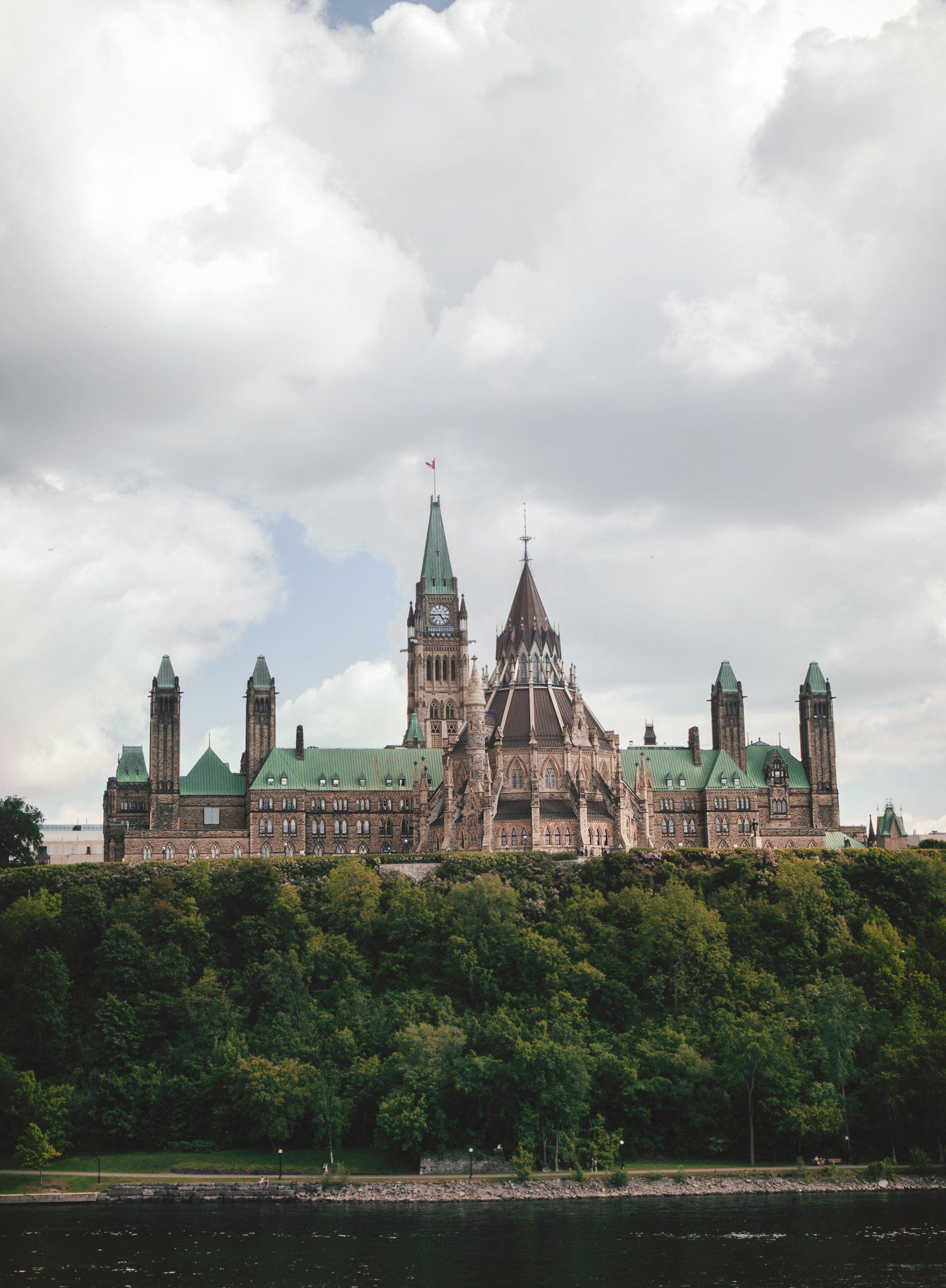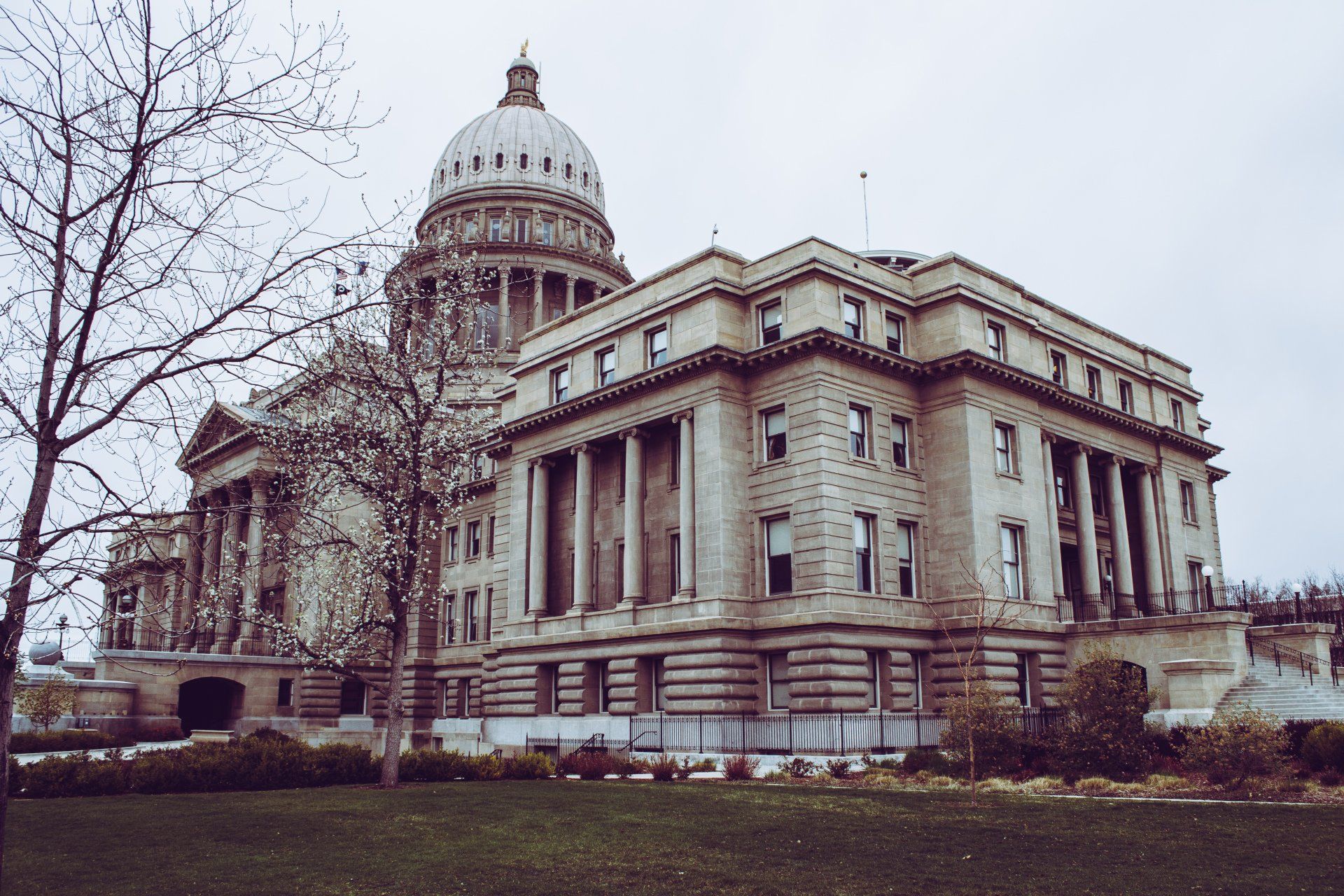When Forests Burn
Climate Change vs Other Factors
Is climate change causing the majority of forest fires, or are there other factors that continue to be relevant?
Forest fires are one of the most formidable forces of nature with the power to both replenish and devastate ecosystems. The sheer scale of forest fires can be immense: we’ve seen them take out thousands of hectares of territory. But when can we attribute a forest fire to climate change, and when can we not?
Has climate change perhaps been blamed for a major forest fire, yet some other factors or confluence of factors were leading reasons? What might be other factors that cause forest fires?
When Climate Change Causes Forest Fires
The scientific literature makes one thing clear: climate change has certainly contributed to or exacerbated forest fires in recent times, including recent mega fire events in 2019-20 in south-eastern Australia and in 2016 in Alberta, Canada. Two seemingly divergent factors that arise from changes in climate include the obvious (temperatures) and less obvious (beetles). Both are worth exploring.
Global Warming and Forest Fires
Global warming is the gradual warming of the Earth due to the mostly increase of carbon in the planet’s atmosphere. It leads to increasingly hot, dry conditions in parts of the world and is why NASA refers to “hot and dry” as being the watchwords for major fires. This is especially prevalent in those regions with already hot, dry seasonal climates.
According to the Arlington-based Center for Climate and Energy Solutions (C2ES), one of the world’s leading environmental think tanks, climate variability is increasing the drying of organic matter in forests, thus increasing the fuel capacity in forests. The C2ES believes this explains the increase in the number of large fires in the western U.S. since 1984. It explains why fire seasons in the U.S. have become longer and more extreme, according to the Union of Concerned Scientists.
A 2021 Australian study by Abram, Henley, Gupta et al. declared that, “The bushfires that burnt across southeastern Australia’s temperate forests in the 2019/20 fire season were unprecedented in their scale, intensity and impacts.” That momentous fire season, known as Australia’s ‘Black Summer,’ was widely reported as being mostly due to the effects of global warming, with the Canberra-based Australian National University (ANU) calling it “a climate wake-up call” for the country.
The statistics clearly prove the surge in the number of forest fires in recent years. Doug Morton, chief of the Biospheric Sciences Laboratory at NASA's Goddard Space Flight Center in Maryland, observed that, “Where warming and drying climate has increased the risk of fires, we’ve seen an increase in burning.” Statistics provided by the National Interagency Coordination Center (NICC) vividly show that the five-worst years for forest fires in the U.S. since 1960 all occurred within the past 14 years.
Even more concerning is the role of increased fires leading to even more emissions in the atmosphere and, thus, contributing to climate change.
Forest Fires and Pine Beetles
Hot, dry conditions are not the only climate change-related factors that contribute to the huge fires. Enter the mountain pine beetle. There are over 600 species of beetle in North America, but most of them thrive on dying or dead trees. Not the mountain pine beetle - it infests living trees, most specifically a host of pine species, including jack, limber, lodgepole, ponderosa, western white, and whitebark pine trees.
Natural Resources Canada has estimated that an outbreak of the beetle since the early 1990s has affected more than 18 million hectares of forest in British Columbia, with a total cumulative loss of an estimated 752 million cubic metres, or 58%, of commercial pine in the Canadian province.
Many trees, already stressed due to increased periods of drought, are vulnerable to the relentless surge in the beetles. The result is more dead trees, which contributes to a heavier ‘fuel load’ in many already-dry forests. According to the U.S. Forest Service, the massive Creek Fire that raged in northern California in late 2019 and burned more than 309,033 acres of land was 80 to 90% caused by nearly 150 million trees that had been killed by mountain pine beetles. It’s worth noting that this beetle is not an invasive species to North America - it’s just much more pervasive and thus destructive, courtesy of milder winters and warmer summers.
180: Other Factors to Consider
When Other Factors Cause Forest Fires
There are other factors that cause or exacerbate forest fires. There have been instances in recent years in which media and political attention relating to mass fire events has been so intently focused on global warming and climate change, that the overreaching perception has been that only climate change-related factors cause fires.
One such mass fire event was the Black Summer of 2019-20 that devastated swathes of Australia, which was widely reported by local media as being overwhelming evidence of climate change, or was at least mostly framed as such. However, the country’s public inquiry into the Black Summer, published as the Royal Commission into National Natural Disaster Arrangements, released in October 2020, found that other factors, particularly government inaction and a lack of coordinated fire and emergency management systems between and within the country’s states and territories, also contributed significantly to the natural disaster.
Direct human-caused factors, including arson, camping and fire mismanagement also contribute to major forest fires.
Direct Human-Caused Forest Fires
The vast majority of forest fires are directly caused by humans, whether purposefully or accidentally. Such was the finding of a monumental 2017 study undertaken by researchers from the University of Colorado, Boulder’s Earth Lab. Of 1.5 million fires logged in the database, more than 1.2 million (or 84%) of fires recorded were caused by the following:
- debris burning > 29%
- arson > 21%
- equipment use > 11%
- campfires and picnics > 5%
National Geographic made the astounding claim in 2018 that up to 95% of forest and other wildfires in California were caused by humans.
The venerable periodical stated how, “High crimes [i.e. arson] and celebrations are a few of the ways that [California] residents have sparked a blaze.” It cited and named arsonists who were arrested for starting the fires that became the ‘Holy Fire’ in southern California and the ‘Cranston Fire’ in the state’s interior Riverside County. Arson was also cited by Russian officials as being a leading cause of the mass fires that ravaged the Irkutsk region of Siberia in 2019, with illegal loggers blamed for having intentionally starting fires to conceal their activities.
It isn’t just arson that is the focus of authorities’ attention regarding wildfires. In 2014 in California, the state hardest-hit by runaway or mass fires, the California Fire Department, U.S. Forest Service, and National Park Service created an educational campaign called “One Less Spark”.
The U.S. Department of the Interior provides a useful classification of nine causes of wildfires, eight of which are human-caused (the ninth being lightening). The classification is used for reporting purposes for the Wildland Fire Management Information (WFMI) system and classifies the eight human-caused fire types as being:
- Campfire
- Smoking, e.g. cigarettes, matches, etc.
- Fire use, e.g. debris burning
- Incendiary, e.g. arson or unauthorized burning
- Equipment, e.g. from vehicles or machinery
- Railroads
- Juveniles, e.g. fireworks, ‘fire play’
- Miscellaneous, e.g. burning buildings or structures, blasting, coal seams, etc.
The above list further highlights the fact that many forest fires continue to be human-caused, whether maliciously, recklessly or negligently.
Human Fire Mismanagement
A sometimes lesser-acknowledged factor of wild fire is lack of emergency planning and strategic fire risk management by governments and agencies, specifically in countries that have suffered mass fires in recent years, including Canada, Portugal, Greece, and India.
A well-publicized case was the 2019-20 ‘Black Summer’, which eventually caused great embarrassment to its federal government. The Australian Prime Minister, Scott Morrison, who was heavily heckled at various places affected by bushfires, had to admit regret at how his government had handled the crisis. Morrison conceded that planning and reaction on the ground could have been far better and swifter. Indonesian President Joko Widodo also had to admit the failings of his government due to huge forest fires, mostly to clear land for planting, that got out of control in 2019. Widodo admitted that Indonesia’s government “has been negligent - again” regarding poorly managed intentional fire clearing.
Governments can be blamed for not investing adequately in much-needed forest and fire emergency management and response systems, personnel, and equipment.
This was the partial assessment of the Irish Times in its analysis of Australia’s bushfires. It concluded that, additional to climate change and arson as major factors in mass fires, there were three other human-related factors that exacerbated the Australian crisis in particular, namely:
- failure to regularly reduce ‘fuel load’ in bush and forests;
- the growing lack of skilled fire fighters, as well as ageing fire fighters; and
- zoning laws that allowed greater residential penetration into bush lands and forests.
There is another important premise to remember regarding the mismanagement of forests: not all forest fires are bad. Fires serve an important, even crucial role in the regulation and rejuvenation of ecosystems, particularly forests and savannah/grasslands. Too much undergrowth in forests made drier due to climate change becomes easy tinder for both the starting and spread of forest fires. Therefore, the mismanagement of forests can occur due to inadequate or non-existent clearing of forests at risk.
Furthermore, there has also been a tendency by some forest authorities to overreact and immediately put out beneficial, naturally-occurring low-intensity fires. These natural fires are invaluable for removing potential tinder such as underbrush, foliage and other debris, and fallen timber.
In the objective spirit of this article, neither human-caused factors or climate change can be ‘blamed’ for the forest fires that afflict many regions of the world today. In the words of Jim Randerson, an Earth systems scientist at the University of California, Irvine: “Humans and climate together are really the dual factors that are shaping the fires around the world. It's not one or the other.”


